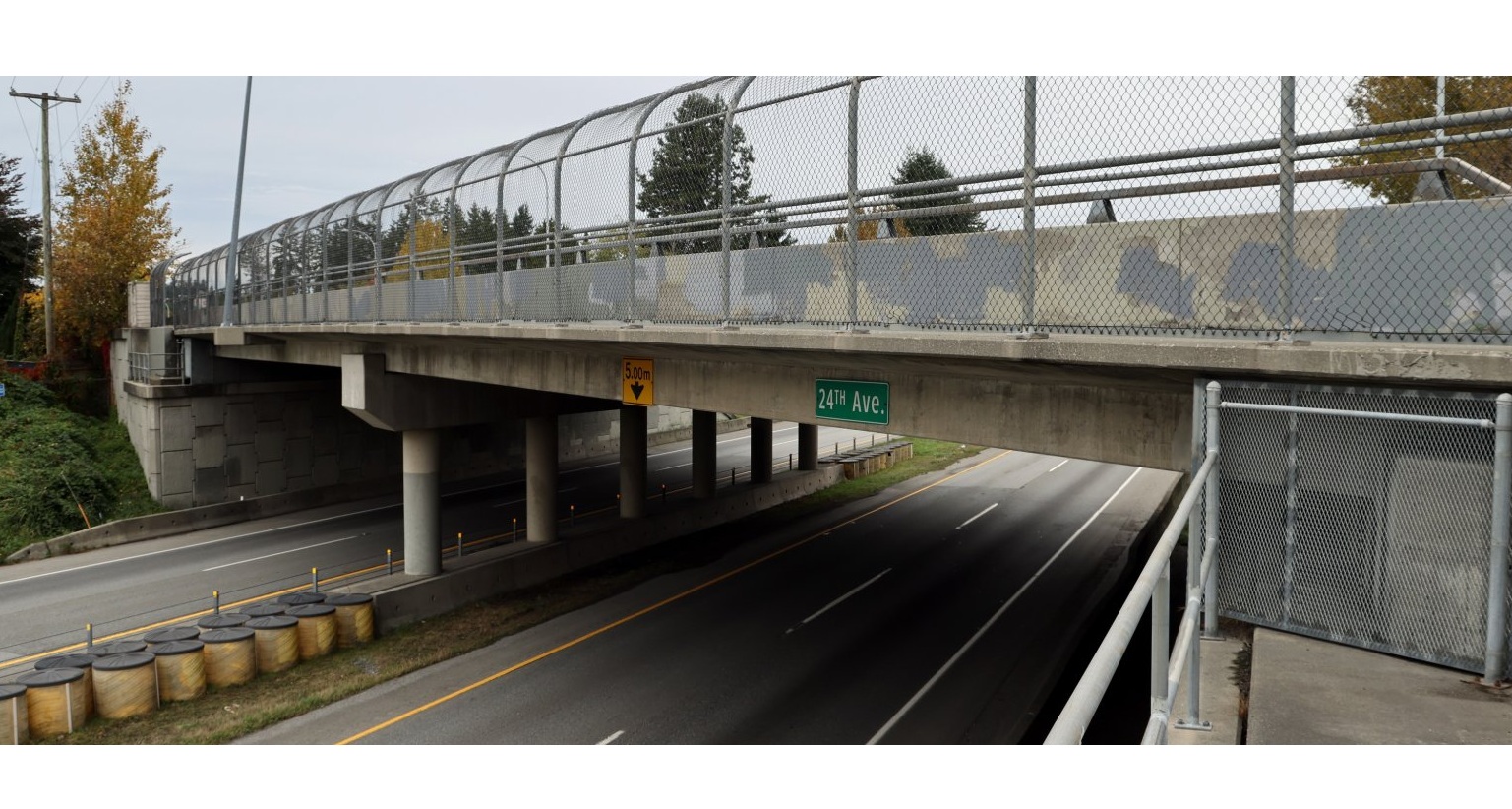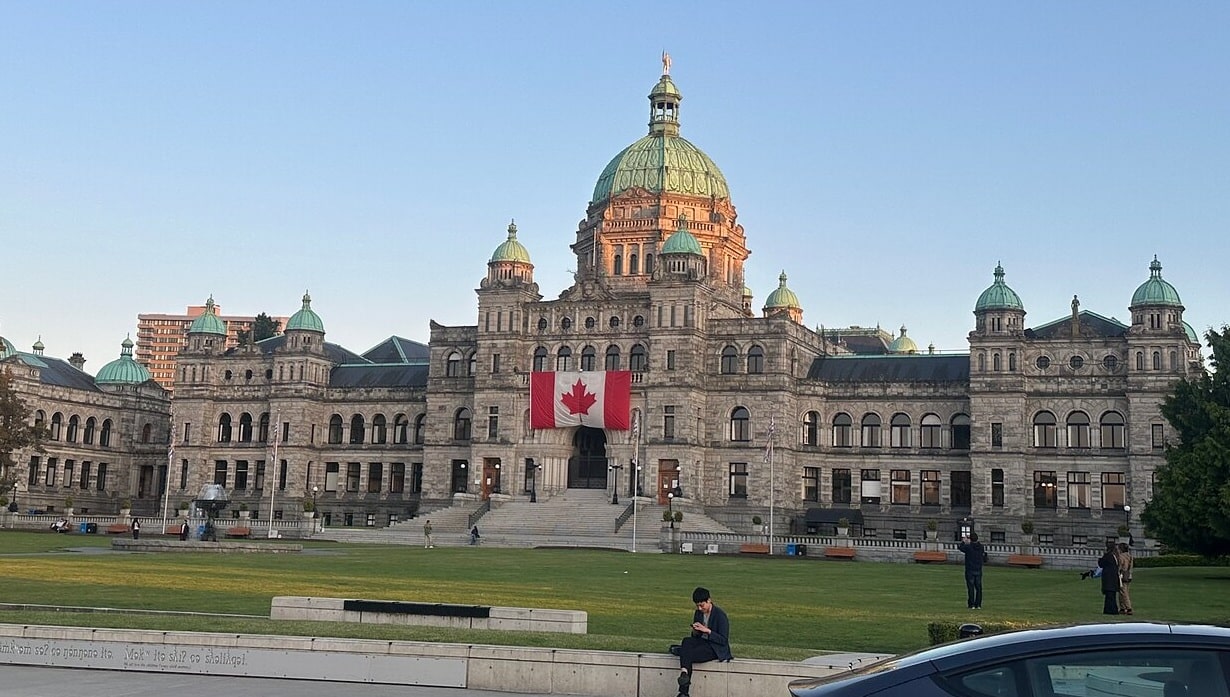British Columbia introduces 187 regulatory changes across 10 ministries to simplify processes and make government services faster and more accessible.
Provincial Services Revamp Under Way
On Monday, October 27, the Ministry of Jobs, Economic Development and Innovation in British Columbia announced a major regulatory update initiative, unveiling 187 amendments across 38 regulations in 10 ministries. These changes mark an effort to modernize government operations and improve service delivery to residents and businesses alike.
Scope and Reach of the Regulatory Changes
The amendments span multiple sectors including retail, natural-resources, and administrative regulation. For example:
- Retailers of tobacco and vapour products will face a standardized decal requirement.
- The protocol around soil relocation is being modernized with updated documentation and exceptions.
- The process for approving special use permits within provincial forests will see fewer bureaucratic steps.
- A series of outdated rules and clauses across regulations will be removed.
These changes highlight a wide-ranging reform aimed at reducing friction in regulatory compliance.
Objectives: Why the Changes Matter
The stated goal of the initiative is to eliminate red tape and accelerate permit and approval processes, especially for small businesses and residents. Officials say the changes will help businesses save time and money, allowing them to focus on growth rather than paperwork. The effort is part of the longstanding Better Regulations for British Columbia program, which has introduced over 2,000 regulatory changes since its launch in 2016.
Timing, Location and Affected Parties
The amendments were announced in Victoria, the seat of British Columbia’s provincial government. They will take effect across the province, impacting both urban and rural communities. Municipalities, service-providers, small businesses and individual residents who interact with provincial regulations (such as forest use or soil movement) are among those affected.
Implementation and Method: How the Changes are Rolled Out
The regulatory amendments will be published and integrated into legislation and regulatory language. Beyond adjusting requirements, the government is also focusing on clarifying wording in regulations and making better use of digital records — part of a broader digital-governance strategy. Officials say the changes are designed to be user-friendly and easier to navigate online.
Anticipated Outcomes and Risks
If executed as planned, residents and small businesses in British Columbia could experience faster service delivery, fewer delays in permitting, and streamlined regulatory interactions. The removal of outdated provisions also signals a willingness to adapt regulations to modern contexts.
However, successful delivery will depend on how well the ministries implement the changes, update digital systems, train personnel, and communicate effectively with stakeholders. Monitoring will be required to verify that the promised efficiencies materialize on the ground.
Your voice. Your city. Your news. Stay connected with Surrey Speak.



























